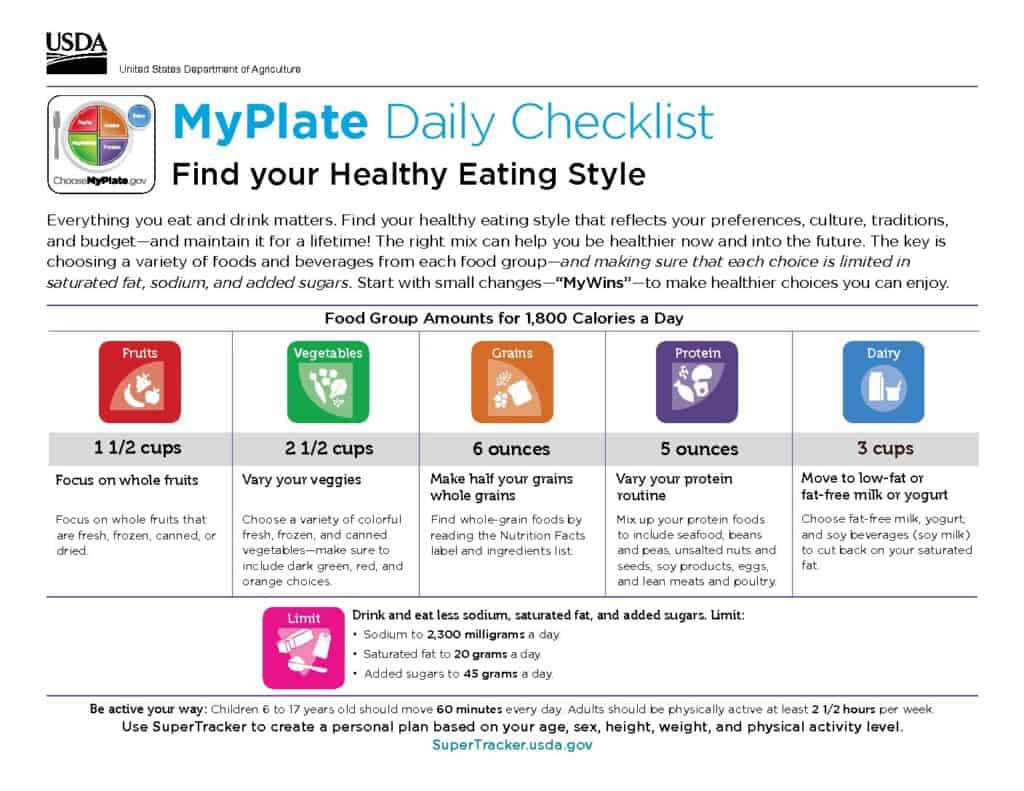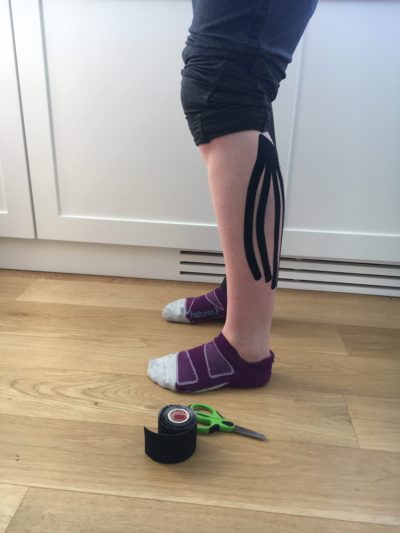The non-diet approach to losing the baby weight

Tamsin Jordan, MS, RD
Your body goes through an incredible change during pregnancy. Weight gain is an inevitable and important part of that process – ensuring your baby gets the nutrients it needs to grow and thrive.
Many women feel pressure to quickly lose weight after birth. While this may be tempting, resisting this urge, at least for the first 6 months, will give your body time to heal. You will also need added nourishment to support milk production if you choose to breastfeed.
Once fully recovered, if you are looking to lose weight it is important to do so in a sustainable way. Here are some non diet tips to help you lose weight and stay nourished.
Acknowledge your body has changed
But not in a bad way. You might not feel like ‘you’ for some time. Or ever. I’m sorry, it’s true. Your body changes a lot during pregnancy. Hormonal fluctuations after birth can impact your metabolic rate and hunger signals.
Women will typically lose around 10 pounds immediately following birth. Thereafter, weight loss continues, but at a slower pace. Your breast tissue, blood supply, fat stores and enlarged uterus all contribute to extra post-birth weight. Recognizing that it may take longer than usual to lose weight, and to focus on changing your body composition rather than shedding pounds is important.
Avoid calorie counting
When it comes to your weight, calories do matter. But they don’t have to be the focus of your weight loss efforts. There are pros and cons to counting calories as a weight loss tool. Having a quantitative measure of how much energy you are taking in can be helpful. The problem is that calorie counting is time consuming and does not reflect the nutritional value of food. It is also difficult to get an accurate idea of your calorie needs without metabolic testing. Limit your calories too much and you are at risk for slowing down your metabolism , losing lean muscle mass and reducing milk production.
Does Nursing Help?
While it is generally accepted that women who nurse will shift the baby weight faster because of increased caloric need, the research does not strongly support this. In most cases, breast feeding mothers tend to overcompensate for higher energy demands by eating more and reducing physical activity early on. That said, at 3-6 months, weight loss in breastfeeding moms does seem to overtake those who formula feed, but the differences are small.
Healthy Habits
Instead, integrate some of these healthy habits into your daily routine:
Portion control – Learning to portion food correctly is central to successful weight loss. Get accustomed to reading nutrition labels and noting correct serving sizes for different food. Instead of using measuring cups while you cook, use your hands as a quick guide. For example, a 3oz serving of meat is roughly equivalent to the size of your palm. This ‘handy’ cheat sheet can be used as a guide.
Eat every food group – Eating a varied diet of unprocessed, wholesome foods will help your body recover quicker and support milk production. Use this daily check list to make sure you’re hitting your recommended servings in each group.

Eat more mindfully – Mindful eating involves focusing on the whole process of eating – from preparation to consumption. Before sitting down for your next meal think about your hunger level. Eat slowly, paying attention to the taste, smell and texture of the food. At the halfway point – take time to reassess your hunger. Being more aware of how full you are will reduce overeating. Keeping track of the food you eat is another mindful technique which has been shown to support healthy weight loss. Try using an app such as MyFitness Pal or Lose It! to log your intake.
Workout smarter
Exercise is an important component of weight loss after birth. But choose your workouts carefully. Relaxin, the hormone that helped the ligaments and bones in your pelvis stretch continues to circulate. Your overstretched abdominal muscles also need time to move back into place and heal.
To begin with, try half an hour of low impact exercise daily. Postnatal yoga, stretching, mommy and me classes and walking are good options. After a few weeks, start to include some resistance and strength training. Building up your lean muscle mass at the same time as burning fat has been shown to rev up your metabolism, which is supportive of long term weight loss.
For some postpartum work out inspiration try these exercises at home.
Choose quality protein
Repairing tissue and building muscle requires high quality protein. During the postpartum period, aim to eat an additional 25g per day, for a total of 70-80g. As reference, a 4oz piece of lean chicken breast contains approx. 32g protein. Choosing ‘complete’ proteins that provide the 9 essential amino acids you can only get from your diet will ensure you get the nutrients you need. Vegetarian options include, tofu, greek yogurt, quinoa and buckwheat. Red meat and fish are two high quality, animal-based sources that will also boost your iron levels.
Set yourself realistic goals
Some moms ditch the bulk of their pregnancy weight by baby’s 6-month birthday. For other’s it takes much longer. Everyone’s body, and metabolism, is different which will impact your rate of weight loss. Being realistic about your weight loss goals will help you stay motivated and on track. Try not to lose more than 1-2 pounds per week. This equates to a calorie deficit of 3,500-7,000 calories per week, or 500-1,000 calories per day. Losing weight more quickly can place you at risk for nutrition deficiencies, muscle loss and weight regain cycling.
Support each other
We all need support to achieve our goals – especially after having a baby. Teaming up with some like-minded mamas is a great way to share weight loss tips and meet new friends. Share healthy recipes, work out together and monitor each other’s progress.
Good luck!
Tamsin Jordan is a Registered Dietitian, wellness expert and mom living in NYC. She provides one to one nutritional counseling to people of all ages, with a specialty in women’s health, bariatrics, diabetes and digestive health. She writes about nutrition and wellness topics on her blog: www.tamsinjordan.com, you can also find her on Instagram: @nutritionbytamsin







